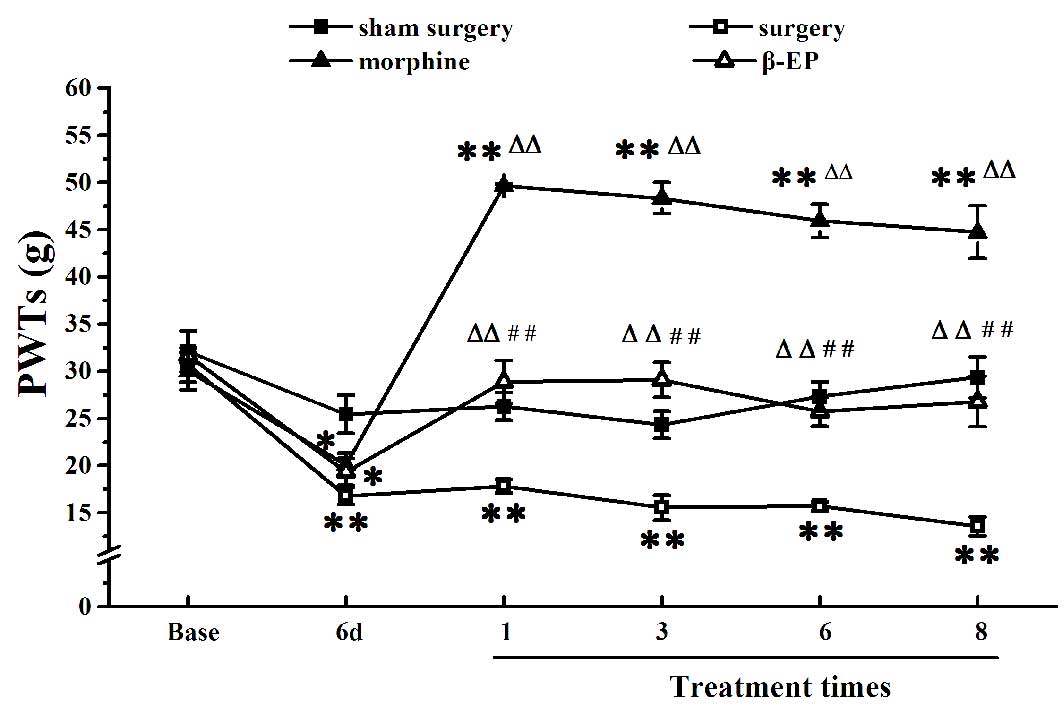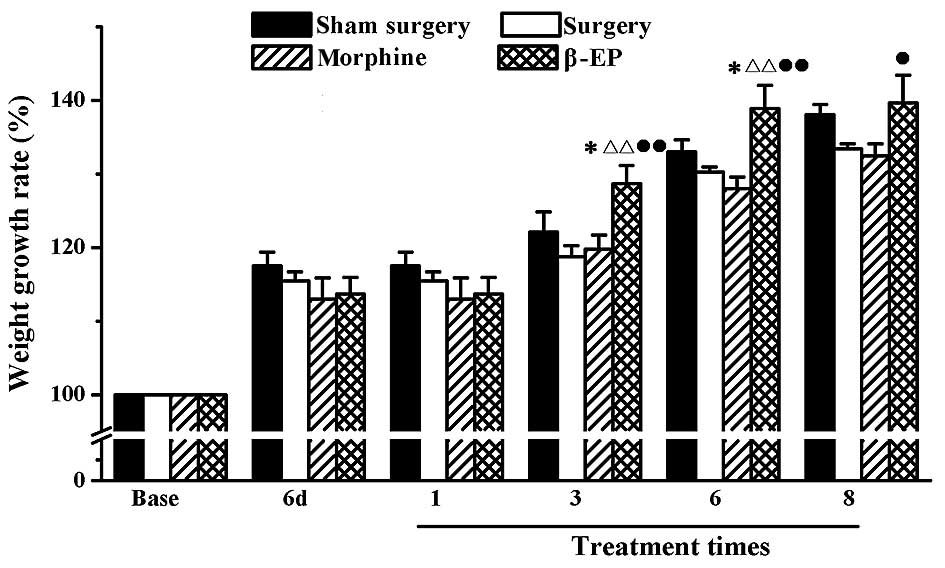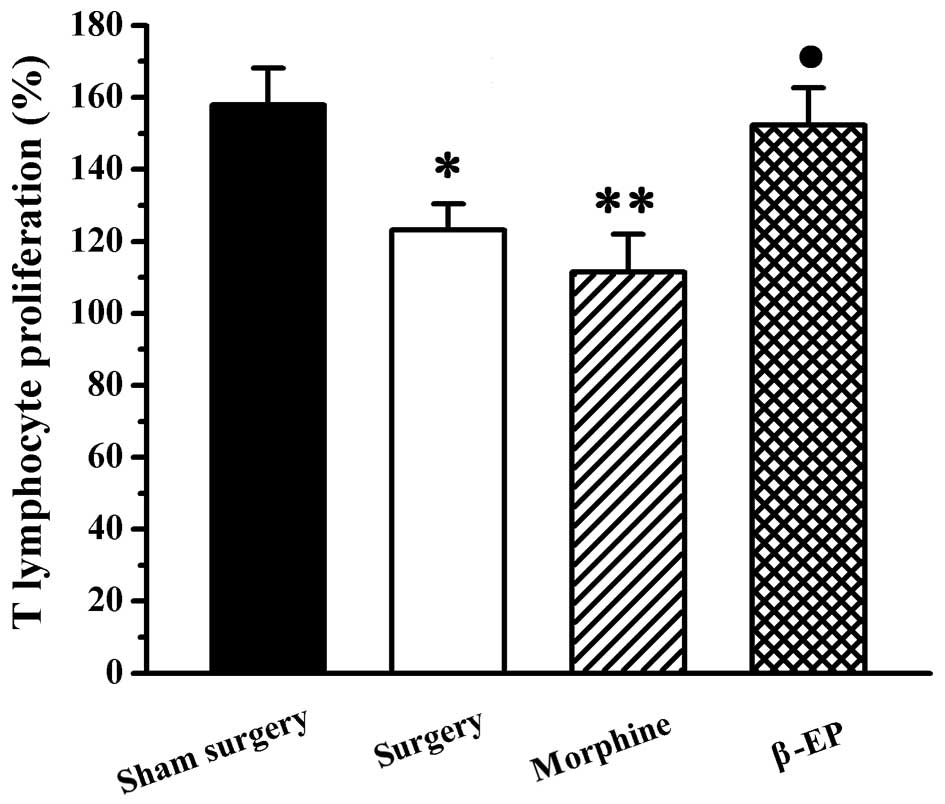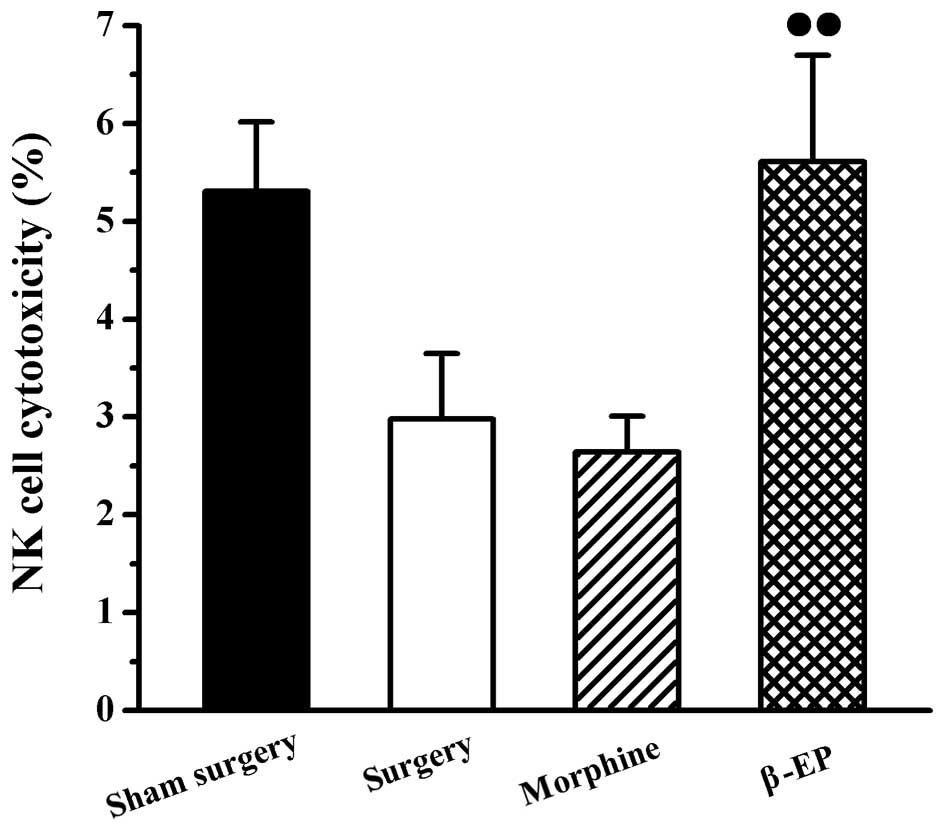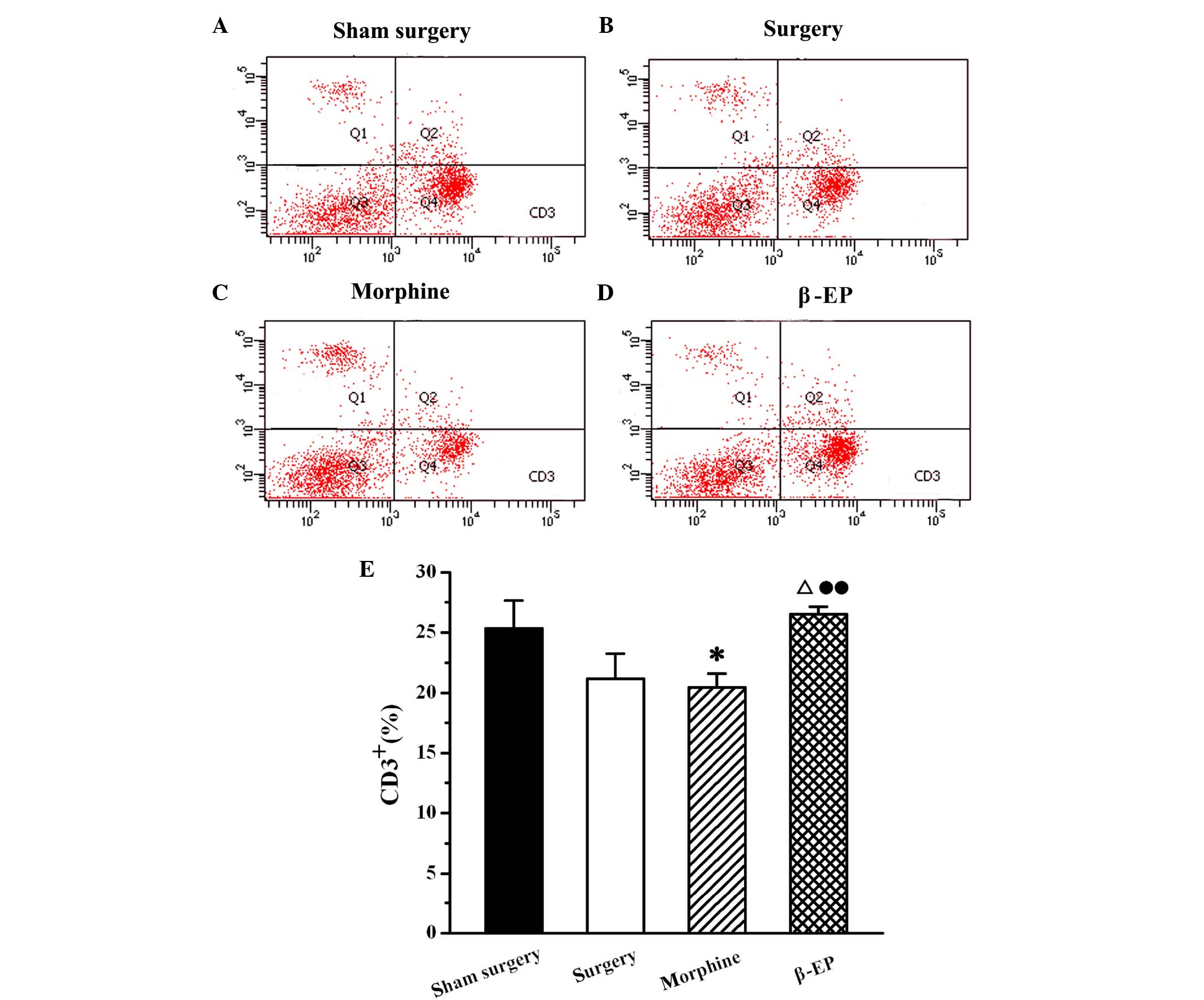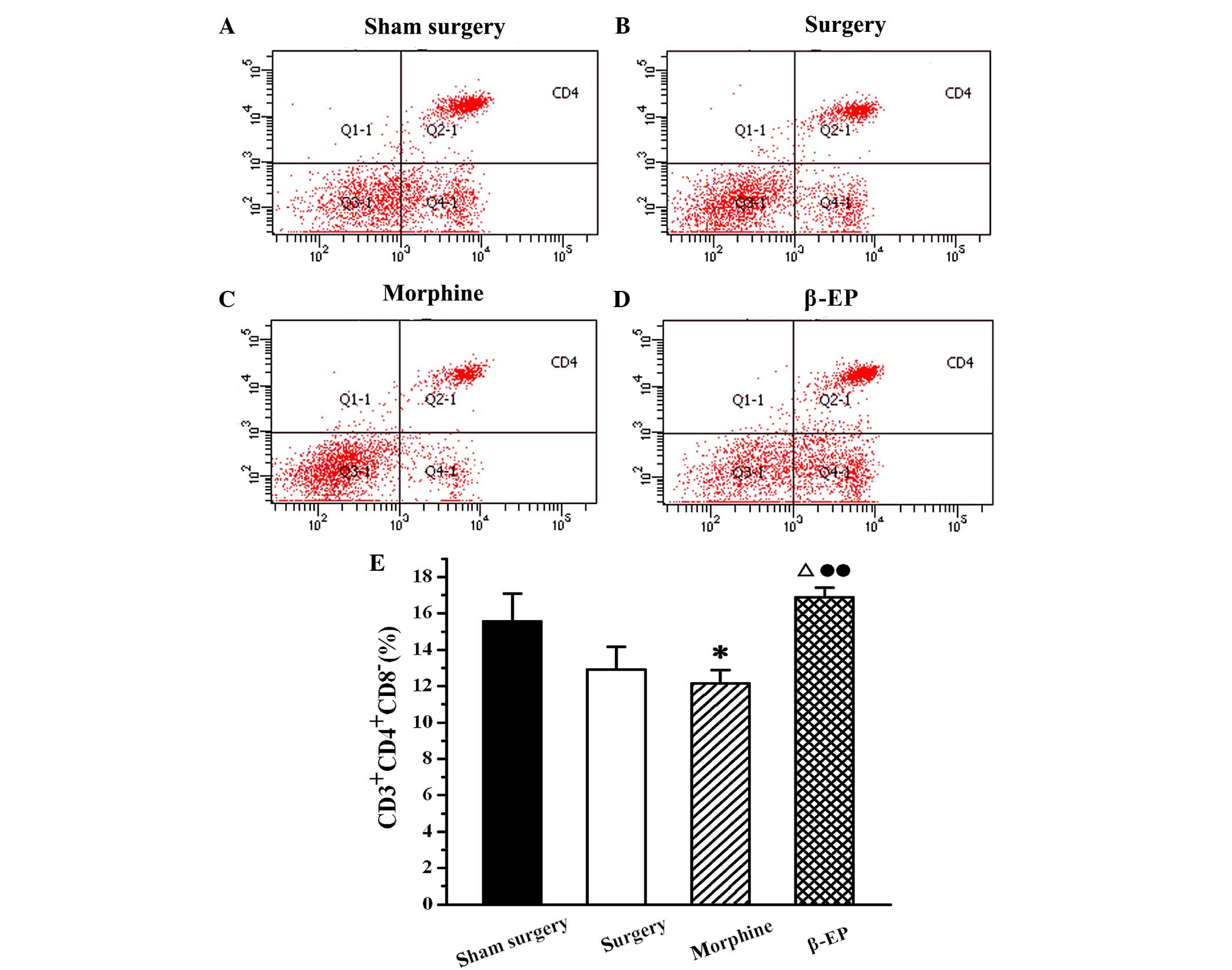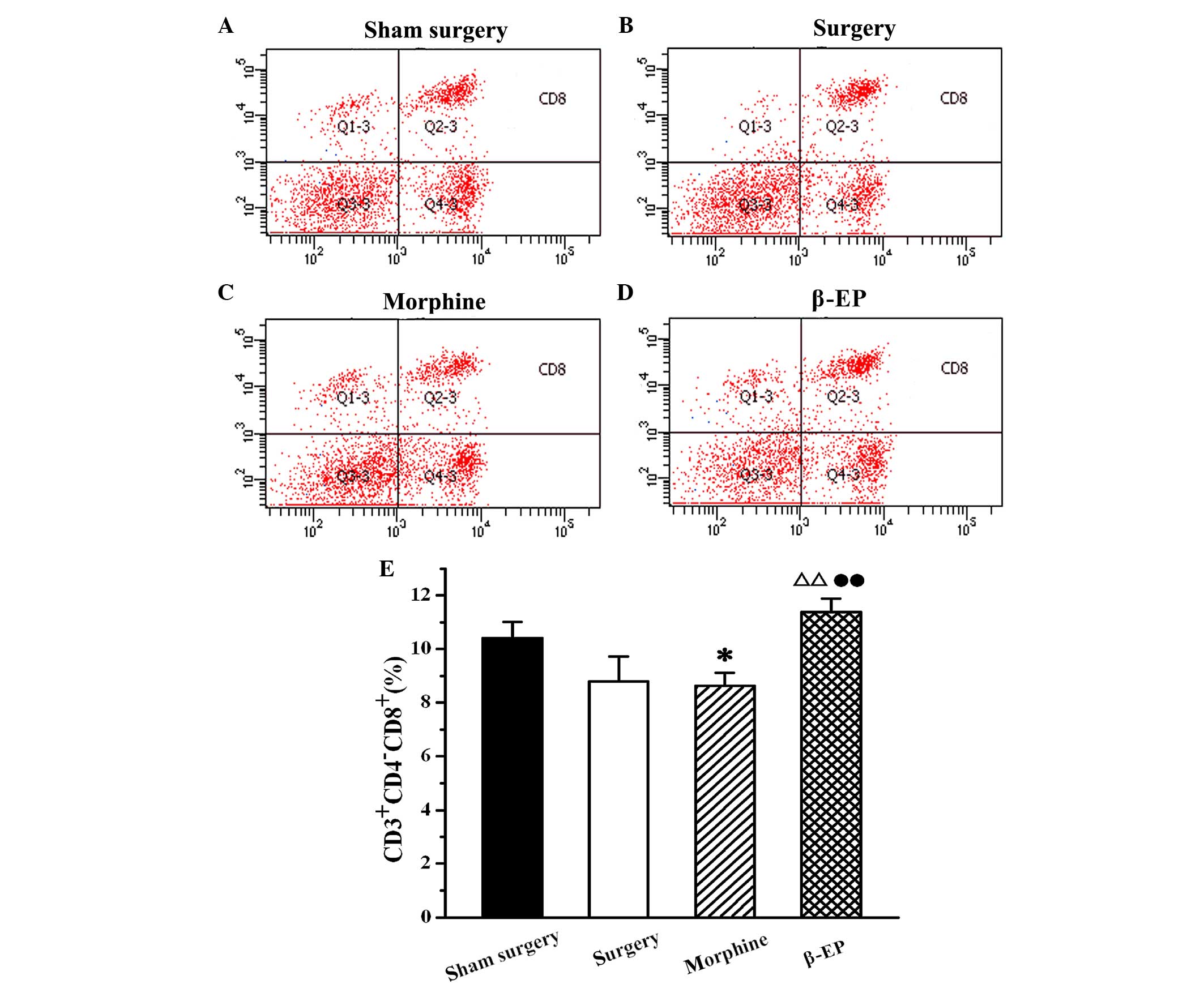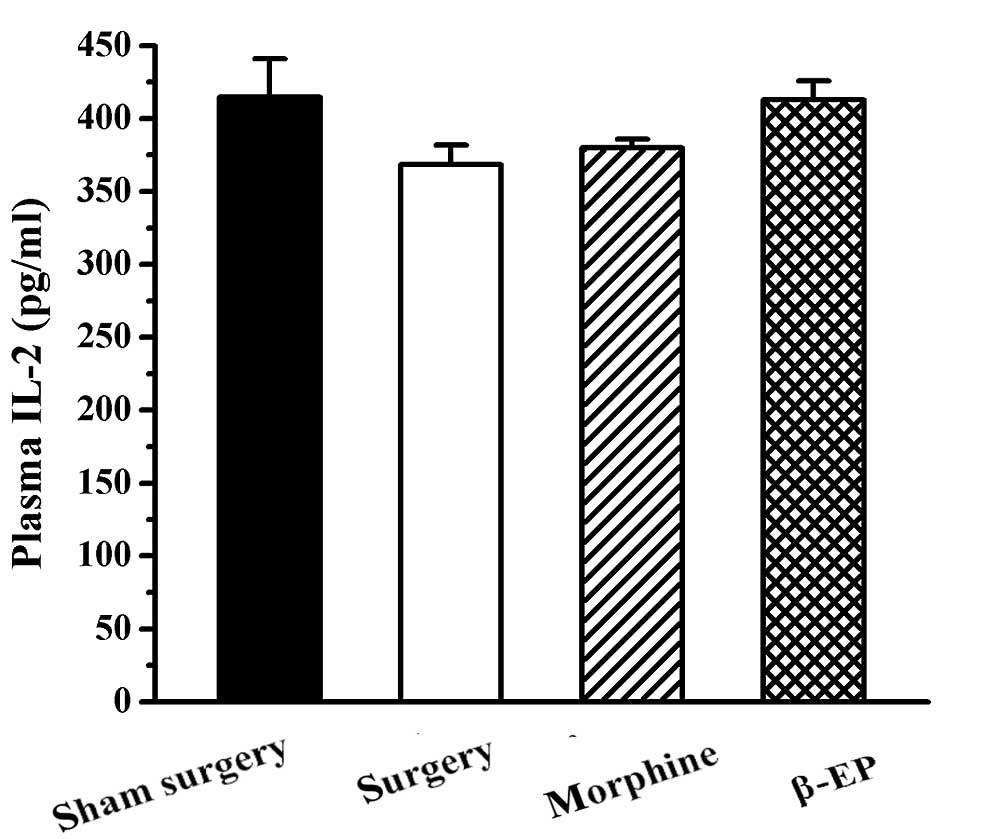|
1
|
Mercadante S and Fulfaro F: Management of
painful bone metastases. Curr Opin Oncol. 19:308–314. 2007.
View Article : Google Scholar : PubMed/NCBI
|
|
2
|
Marcus DA: Epidemiology of cancer pain.
Curr Pain Headache Rep. 15:231–234. 2011. View Article : Google Scholar : PubMed/NCBI
|
|
3
|
Pignon T, Fernandez L, Ayasso S, Durand
MA, Badinand D and Cowen D: Impact of radiation oncology practice
on pain: A cross-sectional survey. Int J Radiat Oncol Biol Phys.
60:1204–1210. 2004. View Article : Google Scholar : PubMed/NCBI
|
|
4
|
Rietman JS, Dijkstra PU, Debreczeni R,
Geertzen JH, Robinson DP and De Vries J: Impairments, disabilities
and health related quality of life after treatment for breast
cancer: A follow-up study 2.7 years after surgery. Disabil Rehabil.
26:78–84. 2004. View Article : Google Scholar : PubMed/NCBI
|
|
5
|
Wilson KG, Graham ID, Viola RA, Chater S,
de Faye BJ, Weaver LA and Lachance JA: Structured interview
assessment of symptoms and concerns in palliative care. Can J
Psychiatry. 49:350–358. 2004.PubMed/NCBI
|
|
6
|
van den Beuken-van Everdingen MH, de Rijke
JM, Kessels AG, Schouten HC, van Kleef M and Patijn J: Prevalence
of pain in patients with cancer: A systematic review of the past 40
years. Ann Oncol. 18:1437–1449. 2007. View Article : Google Scholar : PubMed/NCBI
|
|
7
|
Honore P, Rogers SD, Schwei MJ,
Salak-Johnson JL, Luger NM, Sabino MC, Clohisy DR and Mantyh PW:
Murine models of inflammatory, neuropathic and cancer pain each
generates a unique set of neurochemical changes in the spinal cord
and sensory neurons. Neuroscience. 98:585–598. 2000. View Article : Google Scholar : PubMed/NCBI
|
|
8
|
Schwab JM, Zhang Y, Kopp MA, Brommer B and
Popovich PG: The paradox of chronic neuroinflammation, systemic
immune suppression, autoimmunity after traumatic chronic spinal
cord injury. Exp Neurol. 258:121–129. 2014. View Article : Google Scholar : PubMed/NCBI
|
|
9
|
Chen HY, Li SG, Cho WC and Zhang ZJ: The
role of acupoint stimulation as an adjunct therapy for lung cancer:
A systematic review and meta-analysis. BMC Complement Altern Med.
13:3622013. View Article : Google Scholar : PubMed/NCBI
|
|
10
|
Sacerdote P: Opioid-induced
immunosuppression. Curr Opin Support Palliat Care. 2:14–18. 2008.
View Article : Google Scholar : PubMed/NCBI
|
|
11
|
Smith RJ, Rhodes K, Paciotti B, Kelly S,
Perrone J and Meisel ZF: Patient perspectives of acute pain
management in the era of the opioid epidemic. Ann Emerg Med.
66:246–252, e1. 2015. View Article : Google Scholar : PubMed/NCBI
|
|
12
|
Kostev K, Wartenberg F, Richter H,
Reinwald M and Heilmaier C: Persistence with opioid treatment in
Germany in patients suffering from chronic non-malignant or cancer
pain. Curr Med Res Opin. 31:1157–1163. 2015. View Article : Google Scholar : PubMed/NCBI
|
|
13
|
Deyo RA, Von Korff M and Duhrkoop D:
Opioids for low back pain. BMJ. 350:g63802015. View Article : Google Scholar : PubMed/NCBI
|
|
14
|
Stefano GB, Fricchione G, Goumon Y and
Esch T: Pain, immunity, opiate and opioid compounds and health. Med
Sci Monit. 11:MS47–MS53. 2005.PubMed/NCBI
|
|
15
|
Vallejo R, de Leon-Casasola O and Benyamin
R: Opioid therapy and immunosuppression: A review. Am J Ther.
11:354–365. 2004. View Article : Google Scholar : PubMed/NCBI
|
|
16
|
Sacerdote P: Opioids and the immune
system. Palliat Med. 20 Suppl 1:S9–S15. 2006.PubMed/NCBI
|
|
17
|
Fang JQ, Du JY, Liang Y and Fang JF:
Intervention of electroacupuncture on spinal p38 MAPK/ATF-2/VR-1
pathway in treating inflammatory pain induced by CFA in rats. Mol
Pain. 9:132013. View Article : Google Scholar : PubMed/NCBI
|
|
18
|
Poli A, Brons NH, Ammerlaan W, Michel T,
Hentges F, Chekenya M and Zimmer J: Novel method for isolating
untouched rat natural killer cells with higher purity compared with
positive selection and fluorescence-activated cell sorting.
Immunology. 131:386–394. 2010. View Article : Google Scholar : PubMed/NCBI
|
|
19
|
Mao-Ying QL, Zhao J, Dong ZQ, Wang J, Yu
J, Yan MF, Zhang YQ, Wu GC and Wang YQ: A rat model of bone cancer
pain induced by intra-tibia inoculation of Walker 256 mammary gland
carcinoma cells. Biochem Biophys Res Commun. 345:1292–1298. 2006.
View Article : Google Scholar : PubMed/NCBI
|
|
20
|
Jun-Ying D, Yi L, Yi-Tian C, et al:
Functional evaluation of spleen T lymphocytes in the rat model of
Walker-256 bone cancer pain. Zhong Guo Bi Jiao Yi Xue Za Zhi.
24:8-13MS2014.(In Chinese).
|
|
21
|
Wennerberg E, Kremer V, Childs R and
Lundqvist A: CXCL10-induced migration of adoptively transferred
human natural killer cells toward solid tumors causes regression of
tumor growth in vivo. Cancer Immunol Immunother. 64:225–235. 2015.
View Article : Google Scholar : PubMed/NCBI
|
|
22
|
Ardolino M, Azimi CS, Iannello A, Trevino
TN, Horan L, Zhang L, Deng W, Ring AM, Fischer S, Garcia KC and
Raulet DH: Cytokine therapy reverses NK cell anergy in
MHC-deficient tumors. J Clin Invest. 124:4781–4794. 2014.
View Article : Google Scholar : PubMed/NCBI
|
|
23
|
Zitvogel L and Kroemer G: Cytokines
reinstate NK cell-mediated cancer immunosurveillance. J Clin
Invest. 124:4687–4689. 2014. View
Article : Google Scholar : PubMed/NCBI
|
|
24
|
Shereck E, Satwani P, Morris E and Cairo
MS: Human natural killer cells in health and disease. Pediatr Blood
Cancer. 49:615–623. 2007. View Article : Google Scholar : PubMed/NCBI
|
|
25
|
Saijo N, Ozaki A, Beppu Y, Takahashi K,
Fujita J, Sasaki Y, Nomori H, Kimata M, Shimizu E and Hoshi A:
Analysis of metastatic spread and growth of tumor cells in mice
with depressed natural killer activity by anti-asialo GM1 antibody
or anticancer agents. J Cancer Res Clin Oncol. 107:157–163. 1984.
View Article : Google Scholar : PubMed/NCBI
|
|
26
|
Sacerdote P: Opioid-induced
immunosuppression. Curr Opin Support Palliat Care. 2:14–18. 2008.
View Article : Google Scholar : PubMed/NCBI
|
|
27
|
Chang MC, Fan SZ, Hsiao PN, Cheng WF and
Sun WZ: Influence of morphine on host immunity. Acta Anaesthesiol
Taiwan. 49:105–108. 2011. View Article : Google Scholar : PubMed/NCBI
|
|
28
|
Brown JN, Ortiz GM, Angel TE, Jacobs JM,
Gritsenko M, Chan EY, Purdy DE, Murnane RD, Larsen K, Palermo RE,
et al: Morphine produces immunosuppressive effects in nonhuman
primates at the proteomic and cellular levels. Mol Cell Proteomics.
11:605–618. 2012. View Article : Google Scholar : PubMed/NCBI
|
|
29
|
Kheav VD, Busson M, Scieux C, de Latour R
Peffault, Maki G, Haas P, Mazeron MC, Carmagnat M, Masson E, Xhaard
A, et al: Favorable impact of natural killer cell reconstitution on
chronic graft-versus-host disease and cytomegalovirus reactivation
after allogeneic hematopoietic stem cell transplantation.
Haematologica. 99:1860–1867. 2014. View Article : Google Scholar : PubMed/NCBI
|
|
30
|
Jacobs B and Ullrich E: The interaction of
NK cells and dendritic cells in the tumor environment: how to
enforce NK cell & DC action under immunosuppressive conditions?
Curr Med Chem. 19:1771–1779. 2012. View Article : Google Scholar : PubMed/NCBI
|
|
31
|
Zhao JX: Advances of enhancing
cytotoxicitiy of NK cells. Chinese Journal of Cancer Prevention
& Treatment. 16:1267–1271. 2009.
|
|
32
|
Schweizerhof M, Stösser S, Kurejova M,
Njoo C, Gangadharan V, Agarwal N, Schmelz M, Bali KK, Michalski CW,
Brugger S, et al: Hematopoietic colony-stimulating factors mediate
tumor-nerve interactions and bone cancer pain. Nat Med. 15:802–807.
2009. View
Article : Google Scholar : PubMed/NCBI
|
|
33
|
Sarkar DK, Murugan S, Zhang C and
Boyadjieva N: Regulation of cancer progression by β-endorphin
neuron. Cancer Res. 72:836–840. 2012. View Article : Google Scholar : PubMed/NCBI
|
|
34
|
Koebel CM, Vermi W, Swann JB, Zerafa N,
Rodig SJ, Old LJ, Smyth MJ and Schreiber RD: Adaptive immunity
maintains occult cancer in an equilibrium state. Nature.
450:903–907. 2007. View Article : Google Scholar : PubMed/NCBI
|
|
35
|
Antony PA, Piccirillo CA, Akpinarli A,
Finkelstein SE, Speiss PJ, Surman DR, Palmer DC, Chan CC, Klebanoff
CA, Overwijk WW, et al: CD8+ T cell immunity against a
tumor/self-antigen is augmented by CD4+ T helper cells and hindered
by naturally occurring T regulatory cells. J Immunol.
174:2591–2601. 2005. View Article : Google Scholar : PubMed/NCBI
|
|
36
|
Fujii H, Arakawa A, Utsumi D, Sumiyoshi S,
Yamamoto Y, Kitoh A, Ono M, Matsumura Y, Kato M, Konishi K, et al:
CD8+ tumor-infiltrating lymphocytes at primary sites as
a possible prognostic factor of cutaneous angiosarcoma. Int J
Cancer. 134:2393–2402. 2014. View Article : Google Scholar : PubMed/NCBI
|
|
37
|
Chen Y, Ayaru L, Mathew S, Morris E,
Pereira SP and Behboudi S: Expansion of anti-mesothelin specific
CD4+ and CD8+ T cell responses in patients with pancreatic
carcinoma. PLoS One. 9:e881332014. View Article : Google Scholar : PubMed/NCBI
|
|
38
|
Hanson HL, Donermeyer DL, Ikeda H, White
JM, Shankaran V, Old LJ, Shiku H, Schreiber RD and Allen PM:
Eradication of established tumors by CD8+ T cell adoptive
immunotherapy. Immunity. 13:265–276. 2000. View Article : Google Scholar : PubMed/NCBI
|
|
39
|
Arancibia-Carcamo CV, Osawa H, Arnett HA,
Háskova Z, George AJ, Ono SJ, Ting JP and Streilein JW: A
CIITA-independent pathway that promotes expression of endogenous
rather than exogenous peptides in immune-privileged sites. Eur J
Immunol. 34:471–480. 2004. View Article : Google Scholar : PubMed/NCBI
|
|
40
|
Boon T, Coulie PG, Van den Eynde BJ and
van der Bruggen P: Human T cell responses against melanoma. Annu
Rev Immunol. 24:175–208. 2006. View Article : Google Scholar : PubMed/NCBI
|
|
41
|
Segal BM, Glass DD and Shevach EM: Cutting
Edge: IL-10-producing CD4+ T cells mediate tumor rejection. J
Immunol. 168:1–4. 2002. View Article : Google Scholar : PubMed/NCBI
|
|
42
|
Quezada SA, Simpson TR, Peggs KS, Merghoub
T, Vider J, Fan X, Blasberg R, Yagita H, Muranski P, Antony PA, et
al: Tumor-reactive CD4(+) T cells develop cytotoxic activity and
eradicate large established melanoma after transfer into
lymphopenic hosts. J Exp Med. 207:637–650. 2010. View Article : Google Scholar : PubMed/NCBI
|
|
43
|
Noyan F, Lieke T, Taubert R, Sievers M,
Dywicki J, Hapke M, Falk CS, Manns MP, Jaeckel E and
Hardtke-Wolenski M: Naive tumour-specific CD4+ T cells were
efficiently primed in acute lymphoblastic leukaemia. Scand J
Immunol. 80:161–168. 2014. View Article : Google Scholar : PubMed/NCBI
|
|
44
|
Snook AE, Magee MS, Schulz S and Waldman
SA: Selective antigen-specific CD4(+) T-cell, but not CD8(+) T- or
B-cell, tolerance corrupts cancer immunotherapy. Eur J Immunol.
44:1956–1966. 2014. View Article : Google Scholar : PubMed/NCBI
|



